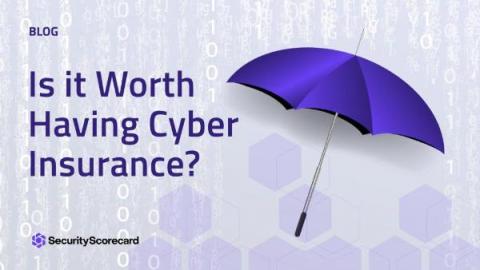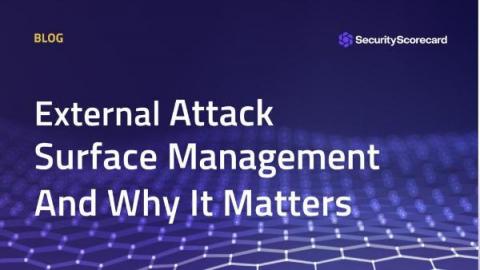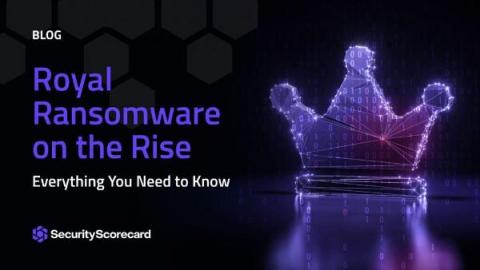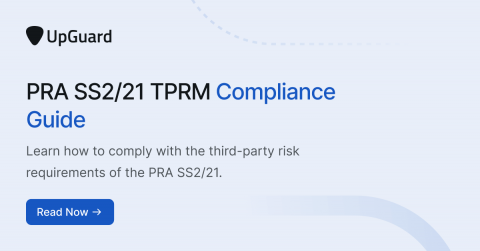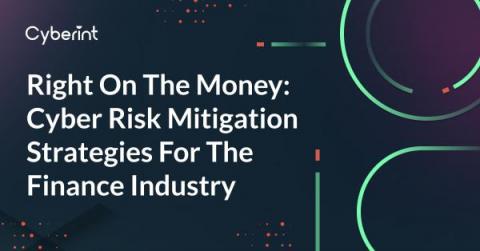A Guide to the Vendor Lifecycle Management Process (and How to Reduce Cyber Risk Along the Way)
The more technology your organization adopts, the more exposed it becomes to third-party risks. Consider these statistics: Organizations have responded to these risks by implementing robust third-party risk assessment procedures. However, a common mistake is to view vendor risk management as a one-time activity, typically conducted prior to onboarding a new vendor. Since third-party risks are constantly evolving, it's crucial to evaluate vendor security at every phase of the vendor lifecycle.



